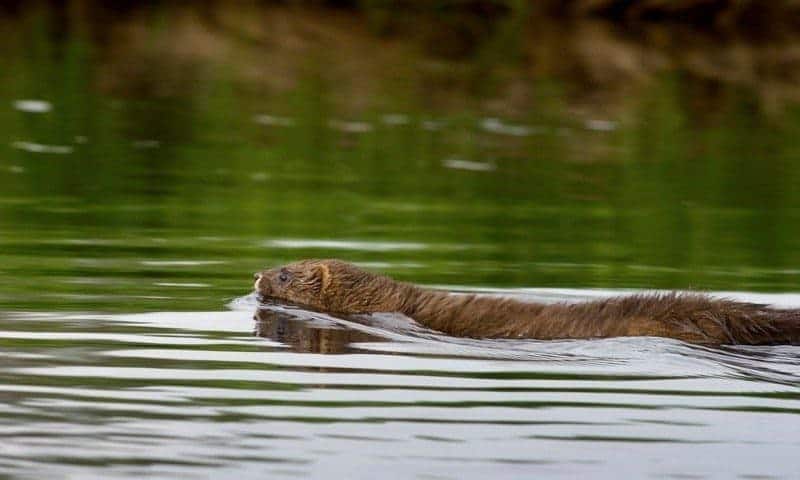UK to rule out badger culling
Since 2013, the British government culls badgers to control the Bovine Tuberculosis (bTB). bTB is a serious disease in livestock that causes the prophylactic slaughter of 30 000 cattle every year in the UK. This means that the UK experiences the highet levels of bTB of all developed countries. The reason for the cull is that contagion from badgers to cattle is the second most common way of infection after contagion from other cattle. However, since the very start, scientist doubted the effectiveness of the cull to control the disease.
Please also read: The Dilemma Of The Deer Cull In Scotland
Badger culling over vaccination
Unfortunately, the British government decided to focus on the least scientific method of controlling the disease – culling badgers by the thousands. As a result, at least 100 000 animals were killed since 2013. Nevetheless, the effect on the spread of bTB is doubtable. Several scientific studies throughout the years have proven that the cull is the least effective and most expensive way to fight the disease. The evidence is clear that this mass killing of a protected species is not only cruel, but also not reaching its objective effectively.
The government, however, decided not to stop the cull, but instead intensify it. At the same time, more effective measures, namely the vaccination of badgers and the control of cattle movement to reduce cattle-to-cattle infections, were ignored. Just in Autumn 2019, culling was approved in 11 new areas, making it a total of 43, and for up to 64 000 animals.
On 5th March 2020, the government finally gave in to the pressing scientific evidence. They announced to phase out badger culls within the next few years and to instead focus on a state-supported vaccination programme. In addition, they promised to intensify efforts to increase biosecurity on farms to prevent cattle-to-cattle contagion. This means the government finally relies on the more effective, cheaper and more animal-friendly measures suggested by science.
Overall, this is a seismic shift in an area of government policy which has been highly controversial for many years. The response rightly highlights cattle-based measures. This focus is appropriate, because the best estimates show that most cattle herds that acquire TB are infected by other cattle herds.

Culls often the easy way out
This example shows the nonsense of culls to control diseases or other problems. To control a disease in a population, the sick animals must be either shot immediately or the population must be increased massively. Both is hardly possible for an illusive wildlife species like the badger and always bares a risk that the population will not recover.
However, we see demands for this “easy way out” again and again. A similar case to the badger cull was the African Swine Fever. After it spread to Western Europe, many demanded a widespread cull of wild boars, even though the main factor for the spread were apparently animal transports through Europe. In these scenarios, wildlife pays for the short-comings of modern intensive animal breeding.








